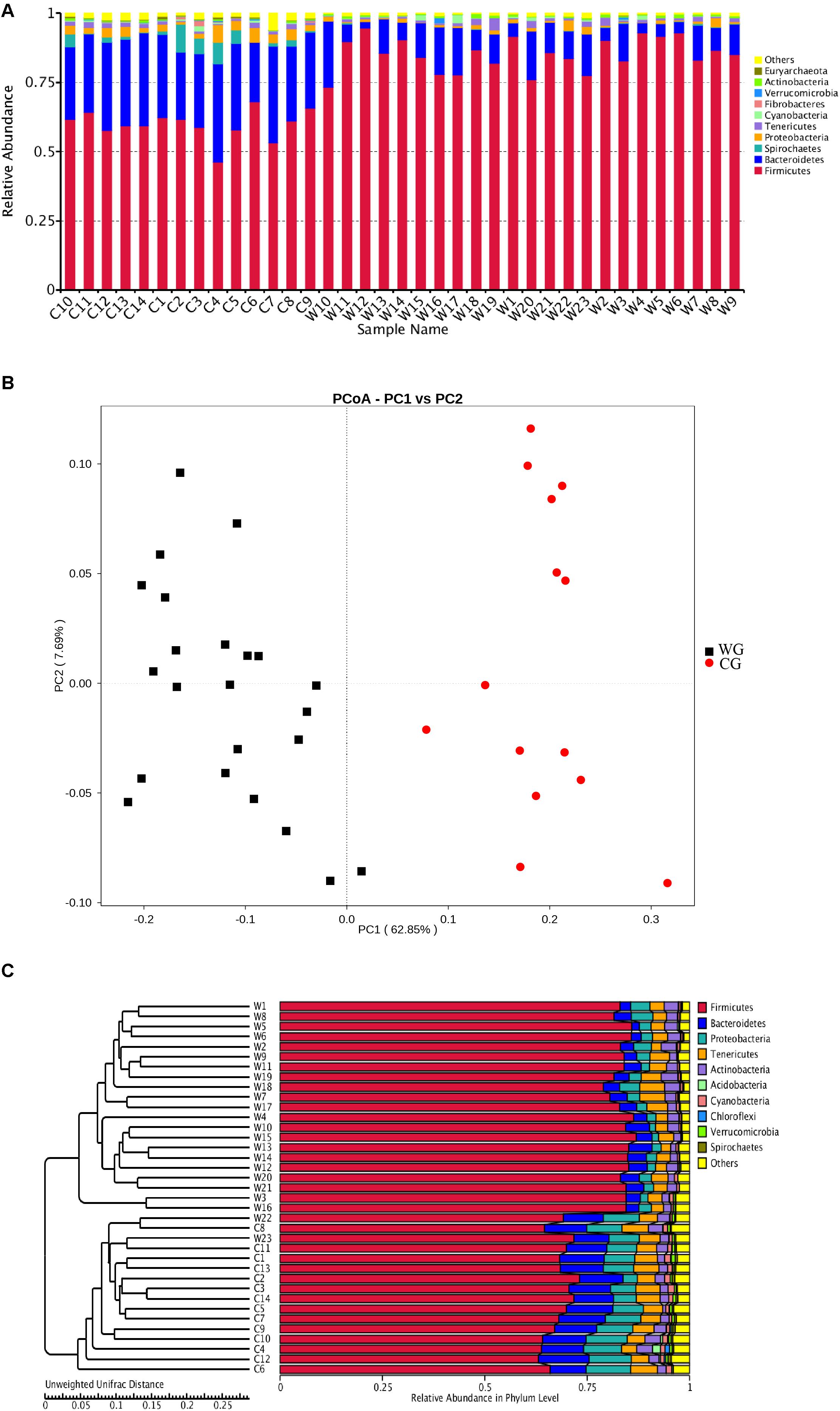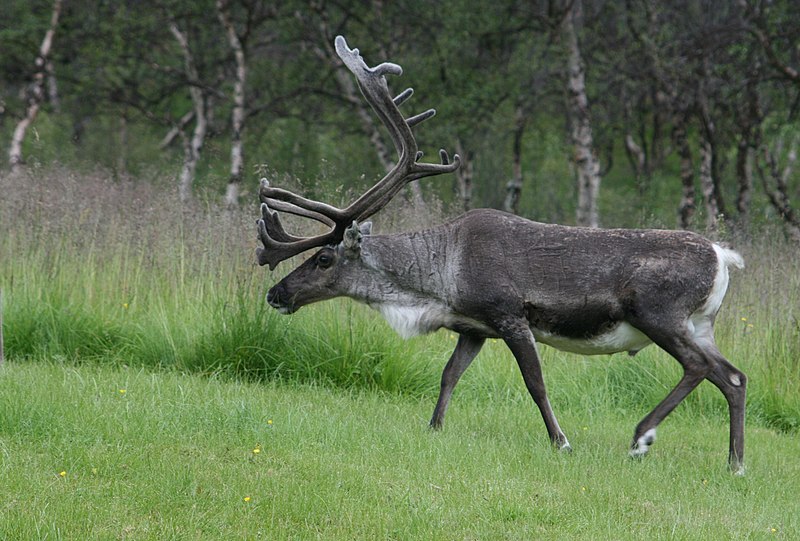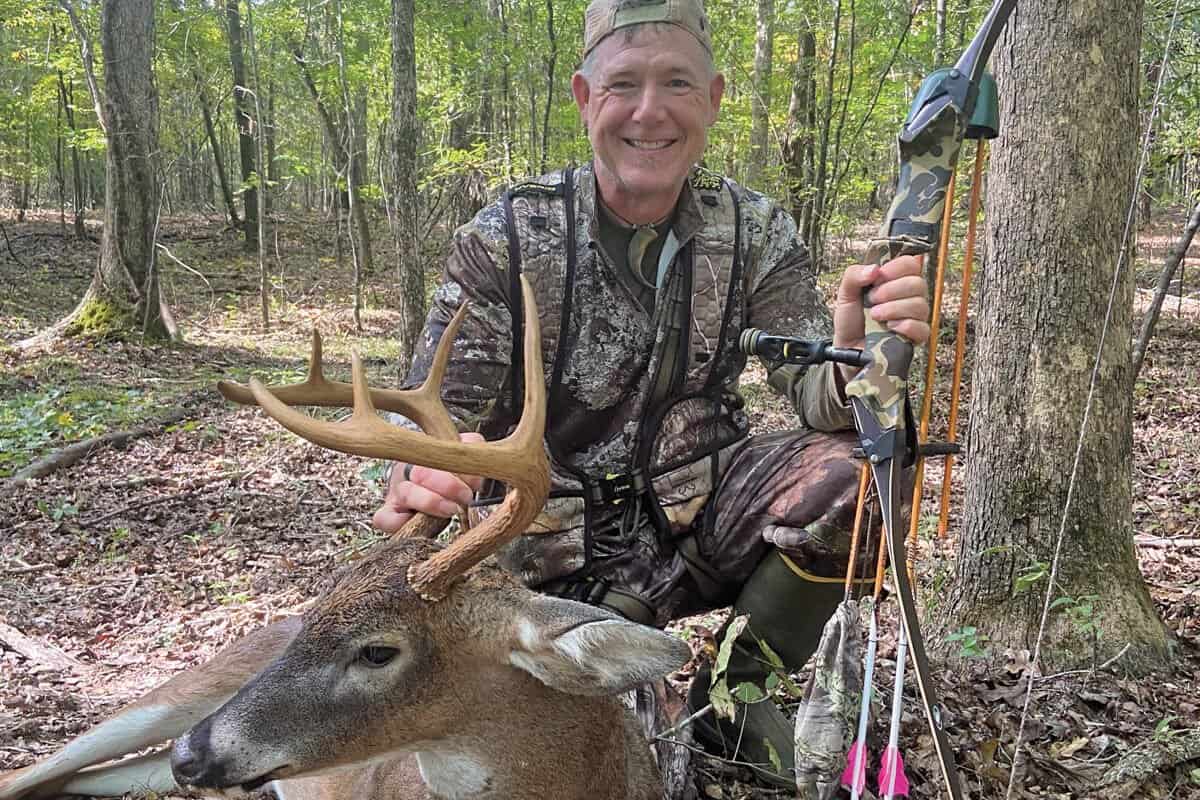Deer are primary consumers in the food chain, mainly feeding on plants. They are preyed upon by secondary consumers like wolves and cougars.
Understanding the food chain for deer provides insight into their role in the ecosystem. Deer, as herbivores, form an integral link between primary producers (vegetation) and higher trophic levels. They browse on a variety of vegetation, from grasses to shrubs, transferring the energy from plants up the food chain.
Predators, in turn, regulate deer populations, maintaining a balance in the environment. By tracing the energy flow from one level to another, one can appreciate the complexity and interdependence of species within different habitats. The food chain involving deer highlights the dynamic nature of ecosystems and the importance of each species in preserving ecological integrity.

Credit: www.frontiersin.org
The Forest Ecosystem
A forest teems with life, a delicate dance of growth and survival. Trees reach high, while shrubs nestle below, and within this green world, deer play a pivotal role.
Deer move through this ecosystem, grazing on plants, spreading seeds, and serving as prey for predators. Their presence keeps the forest in balance.
Role Of Deer In The Web Of Life
White-tailed deer are more than just majestic creatures. They shape forests. As herbivores, deer control plant growth, affect soil health, and even influence insect populations.
- Plants pruned by deer grow differently, providing varied habitats.
- Deer droppings enrich the soil, fostering new plant growth.
- Predators reliant on deer help keep their populations in check.
Interconnectivity Of Species
Every organism depends on another in the forest. Oaks need blue jays to spread acorns. Small mammals use deer trails to move undetected.
| Species | Role | Connection to Deer |
|---|---|---|
| Plants | Provide food and shelter | Grazed by deer |
| Predators | Control animal populations | Hunt deer |
| Insects | Pollinate plants | Live on plants deer eat |

Credit: en.wikipedia.org
Deer As Herbivores
A gentle stroll through a lush forest might unveil the quiet munching of a deer nearby. Remember, deer hold a special spot in the food chain. They are herbivores. This means they eat plants, not other animals. Let’s explore what deer like to eat and how they affect the woods.
Dietary Preferences Of Deer
Deer love to eat a lot of different plants. They munch on leaves, twigs, fruits, and nuts. Depending on the season, they might pick fresh green plants or dig under the snow for something to nibble on.
Here’s what deer typically enjoy:
- Spring: New leaves and grass
- Summer: Wildflowers and berries
- Fall: Acorns and apples
- Winter: Woody plants and buds
Impact On Plant Populations
Deer eating plants is natural. But too many deer can spell trouble for the forest. They might eat too many plants. This can hurt the growth of new trees and reduce homes for birds and bugs.
Here’s how deer impact plants:
| Impact | Result |
|---|---|
| Eating young trees | Less forest growth |
| Preferring certain flowers | Some plants don’t grow back |
| Spreading seeds | Some plants spread more than others |
Predators Of The Deer
The majestic deer roam the forests, grasslands, and even our backyards. But their serene existence is constantly under threat from various predators. Understanding who these natural adversaries are, and the cunning survival strategies deer have developed, is key to appreciating the intricate web of life in which they exist.
Natural Adversaries
Deer face many threats in the wild, and apex predators top this list.
- Wolves hunt in packs, using their numbers to their advantage.
- Cougars employ stealth, striking with deadly precision.
- Bears might not be frequent hunters of deer, but pose a significant threat.
- Humans, through hunting and habitat destruction, impact deer populations deeply.
- Coyotes and bobcats often target fawns or smaller deer.
Survival Strategies Of Deer
Deer have evolved several strategies to dodge their predators and increase their chances of survival. Let’s delve into some of these tactics:
| Strategy | Description |
|---|---|
| Camouflage | Deer have a reddish-brown to gray-brown coat that blends into the forest. |
| Speed and Agility | They can run up to 30 miles per hour and make swift, unpredictable moves. |
| Heightened Senses | Acute hearing, smell, and vision alert them to danger, often before it’s too close. |
| Stotting | A high jump that shows fitness and might deter predators from engaging in a chase. |
Human Influence On Deer Populations
The delicate balance of the food chain often sways under the influence of human activity. Deer populations, a significant link in forest ecosystems, are no exception. Understanding human impacts can help maintain not just deer numbers, but ecological harmony.
Hunting And Deer Management
Regulated hunting plays a vital role in deer population control. By setting seasons and bag limits, wildlife agencies aim to keep deer numbers in check. This helps prevent issues like overgrazing and starvation.
- Licensed hunters provide population data to wildlife biologists.
- Harvest reports help in assessing herd health and size.
- Revenues from hunting support conservation efforts.
Nonetheless, illegal poaching disrupts careful management. It can lead to sudden population declines and upset the food chain.
Habitat Alteration And Its Effects
Urban expansion often shrinks deer habitats. This loss of living space and food sources forces deer to adapt or decline.
| Alteration Type | Effect on Deer |
|---|---|
| Land Development | Reduces foraging areas, can lead to conflicts with humans. |
| Deforestation | Stripes away cover, decreases predator protection. |
| Agriculture | Can offer food but exposes deer to pesticides. |
Reforestation and conservation programs aim to mitigate these effects. By protecting and creating green corridors, these efforts help link fragmented habitats, allowing for safer movement and a steadier food supply.
Conservation Efforts For Balanced Food Chains
Deer are a vital part of our ecosystems, grazing in forests and fields. Their survival depends on a balanced food chain. Conservation efforts are key to maintain this balance. They ensure that deer populations thrive without harming their habitat. Here, we will explore the strategies that help protect deer and their food chains.
Protected Areas For Deer And Predators
Creating safe zones is crucial for deer survival. These areas provide a haven from human interference. Predators also need these areas to maintain natural balance.
- National parks give deer a space to roam freely.
- Wildlife reserves protect key predator species like wolves.
- Together, they help prevent overhunting and habitat loss.
Parks and reserves are deer’s lifeline. They also let predators perform their role in nature. Without them, deer could either overpopulate or face extinction. This delicate balance depends on these areas.
Promoting Biodiversity Through Policy
Good laws can preserve diverse life in our woods and fields. They guide how we use land and protect species. Wildlife-friendly policies can stop the loss of plants and animals.
| Policy Type | Purpose | Benefit to Deer Food Chain |
|---|---|---|
| Land Management Policies | Control land use | Keep habitats safe for food sources |
| Hunting Regulations | Manage wildlife population | Prevent overhunting of deer and predators |
| Endangered Species Acts | Protect at-risk species | Ensure survival of crucial chain links |
Laws can shape how our environment is looked after. Smart policies keep nature thriving. As a result, deer find food, predators control the deer, and the chain stays balanced. These policies ensure that our forests and fields remain rich and healthy for years to come.

Credit: onlinelibrary.wiley.com
Frequently Asked Questions Of Food Chain For Deer
What Do Deer Primarily Eat?
Deer are herbivores, mainly feeding on a variety of vegetation. This includes leaves, twigs, fruits, and nuts. They prefer tender shoots from new growth, which provide optimal nutrition.
How Do Predators Affect Deer Populations?
Predators like wolves and cougars significantly impact deer populations. They typically prey on the young, old, or weak individuals, which can help maintain a balanced ecosystem and healthy deer herds.
Is Deer Diet Seasonal?
Yes, a deer’s diet changes with the seasons. In spring and summer, they eat green plants, during fall, acorns and nuts are prevalent, and in winter, they rely on woody plants and evergreens.
What Role Do Deer Play In The Food Chain?
Deer are primary consumers in the food chain. They feed on plants, converting vegetation into energy that becomes available to predators and scavengers, contributing to nutrient cycling in their habitats.
Conclusion
Understanding the intricacies of the deer’s food chain is essential for conservation efforts and wildlife management. By recognizing each link—from the smallest plant to the deer and their predators—we can foster a healthier ecosystem. Let’s protect these majestic creatures and the delicate balance of their environment for future generations to appreciate and study.


